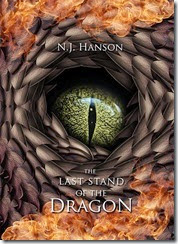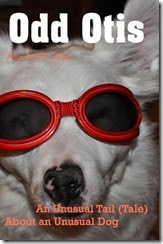Retired Butte College photography instructor Geoff Fricker has teamed with writer Rebecca Lawton for a mesmerizing exploration of the human side of the Sacramento River. Fricker’s work is housed in the San Francisco Museum of Modern Art, the Crocker Art Museum, and other repositories; Lawton, and essayist and novelist, was one of the first female river guides through the Grand Canyon.
The book is called “Sacrament: Homage To A River” ($45 in hardcover from Heyday), containing striking full-page black and white photographs and powerful text detailing the changes that have come to the “Sac” and its tributaries. It is, says Fricker in the Preface, “a contemplation of water and our often contradictory connection with it. … I am inspired by the slow but certain path of the river—which meanders in spite of all our attempts to control it.”
Though several images focus on the “natural” world—from water flowing over fossilized ammonite in Chico Creek, to Jed’s point, “where Jedediah Smith first sighted the Sacramento River”—most show the intertwining of that world with the human. There’s a 1997 image of collapsed Butte County Bridge #17 in Centerville; 132-year-old brackets “used to harness a wooden flume on the basaltic cliffs of Table Mountain”; and Labor Day tubing on the Sac in 1999.
For Lawton, this is a cautionary tale. “There is no going back to life on an untamed floodplain where conjoined freshwater marshes teemed with wildlife, human diversity, and aquatic life in unimaginable numbers.” But there may be a way forward in what she calls “cooperative restoration,” which includes “conserving and recycling water” and “reestablishing ecosystem health.”
The reader is confronted afresh with the often heavy human hand on the swirling waters of the Sacramento; the tone is something like hopeful sadness. “If there is a river whose potential for biological richness and natural wealth can lead us to wholeness, it is the Sac. El Rio del Sacramento. River of redemption. Miraculous river.”




